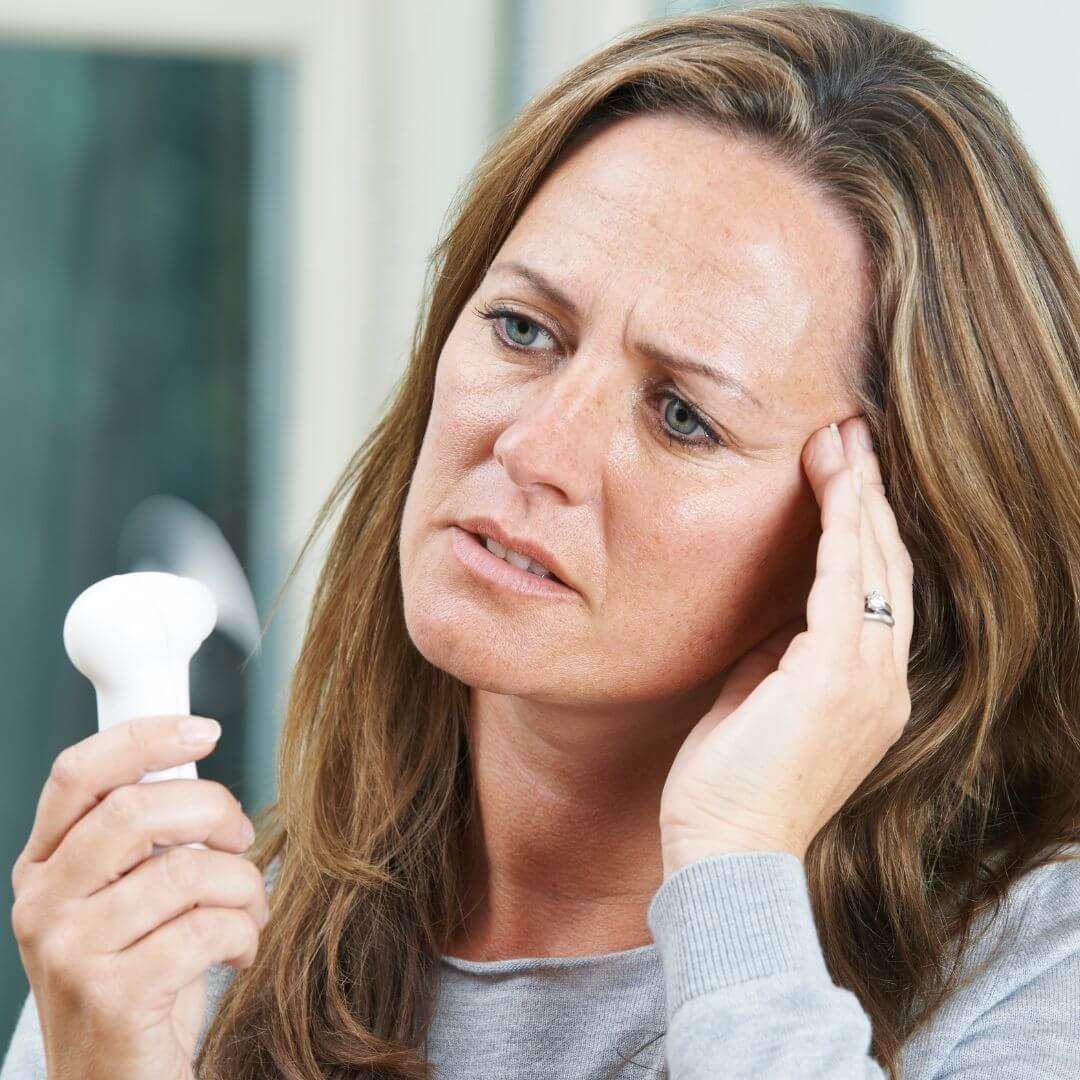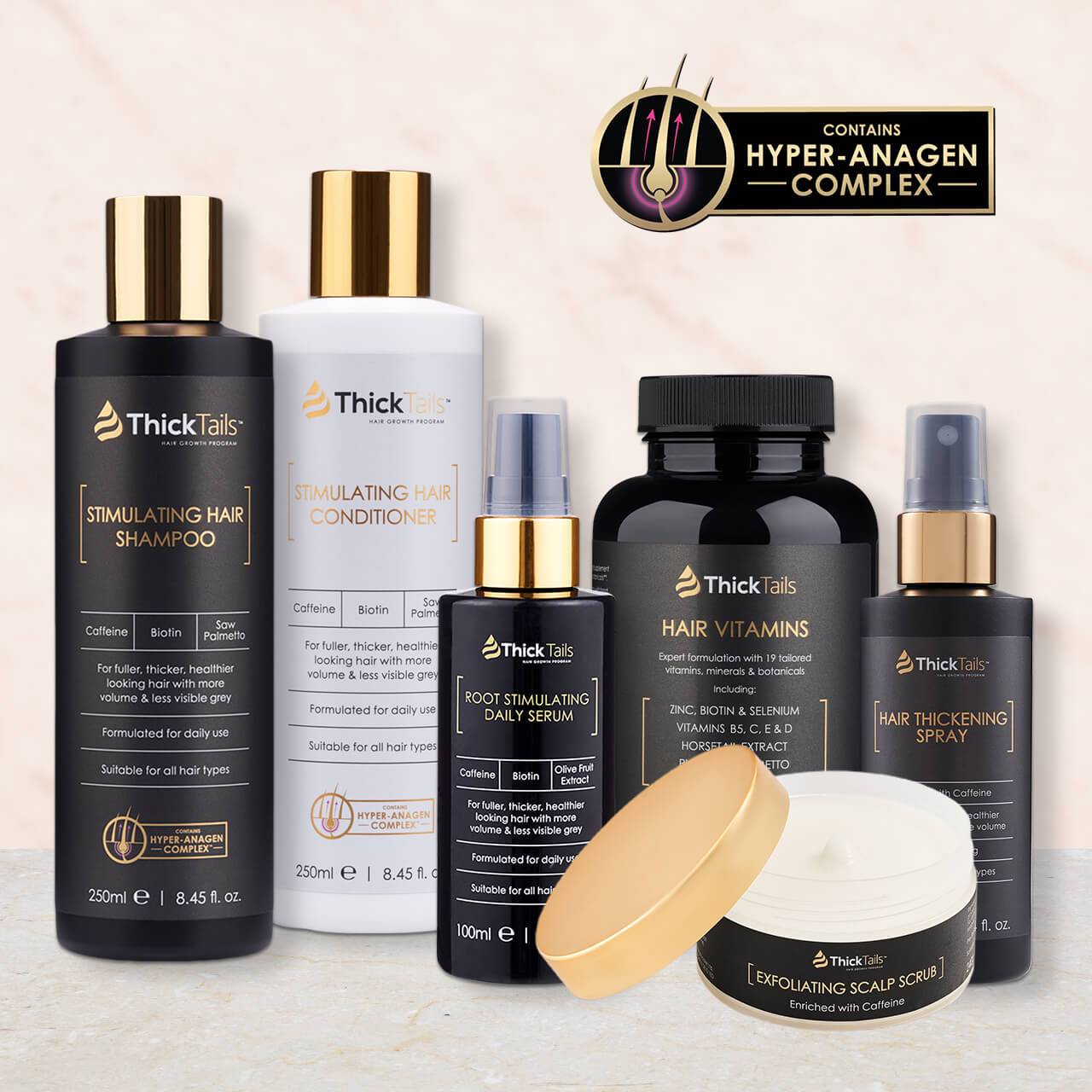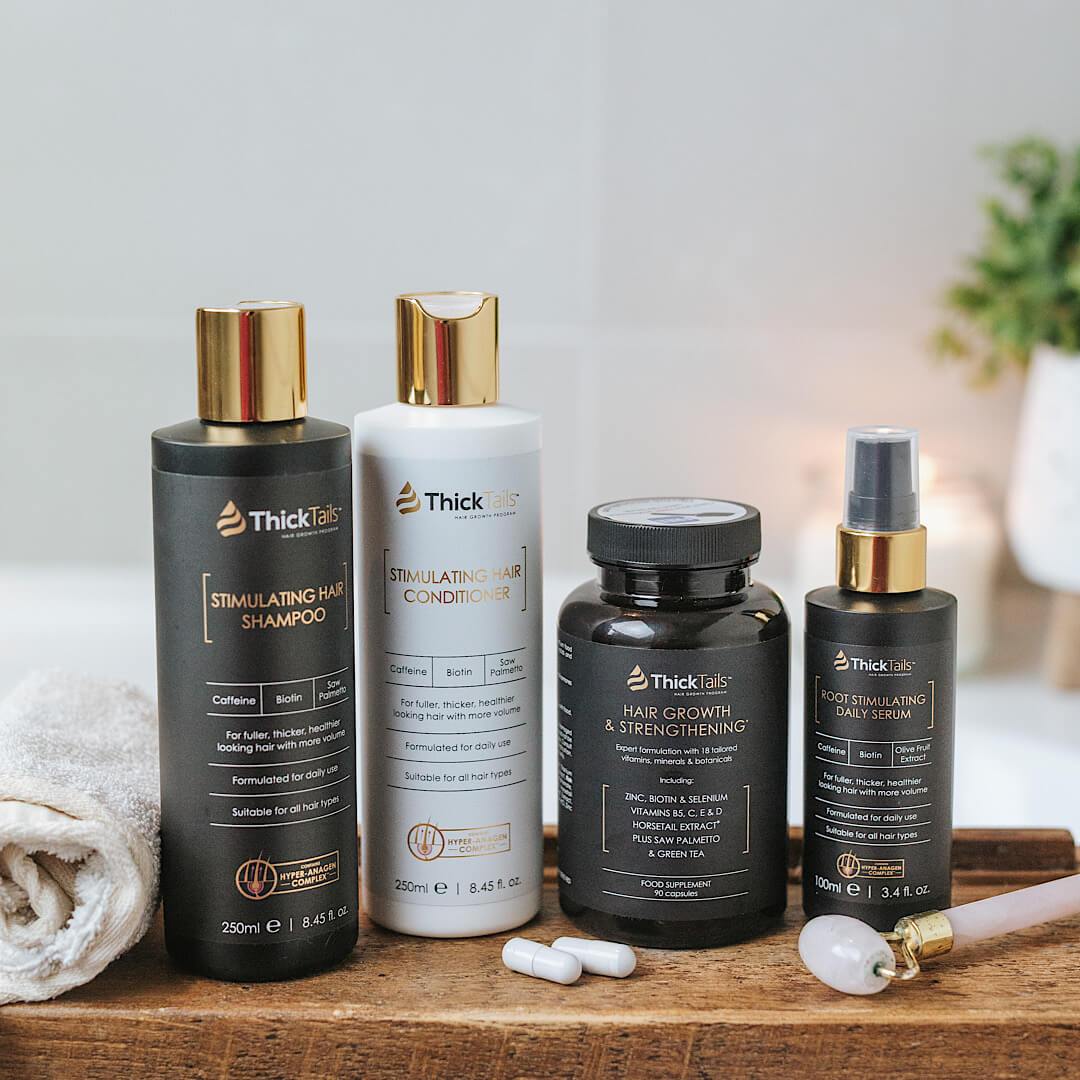Attention, men! Are you struggling with hair loss and noticing that your locks are becoming thinner by the day? You're not alone. The issue of hair thinning is a common concern among men, especially as they age. But did you know that split ends could be one of the culprits behind this problem? That's right – those pesky split ends not only make your hair look dry and damaged but can also have an impact on its thickness. In this blog post, we'll dive deeper into how split ends affect hair thickness in men and what you can do to prevent it. By understanding the science behind this issue, you'll be equipped with the knowledge to take better care of your mane and maintain a fuller and healthier head of hair. So let's get started!
Understanding Split Ends

Split ends are a common hair problem experienced by both men and women. They occur when the protective outer layer of the hair, or cuticle, is damaged, causing the hair to split or break at the ends. Although split ends can be caused by many factors, including excessive heat styling and chemical treatments, they can also be prevented and treated with proper care. Regular trims, avoiding harsh hair care products, and using protective styles are just a few methods to maintain healthy hair and prevent the occurrence of split ends. By understanding the causes and prevention methods, men can also keep their hair looking and feeling healthy.
a. What Causes Split Ends?
Split ends are a common hair dilemma that both men and women face. While many factors can lead to the appearance of split ends, the most common is damage from heat styling tools, such as hair dryers, straighteners, or curling irons. Excessive brushing or combing can also cause damage to the hair shaft, leading to the development of split ends. Additionally, environmental factors such as sun exposure, wind, and humidity can contribute to the problem. Men are not immune to the issue of split ends, despite the common misconception that only women experience it. To prevent split ends, it's essential to take proper care of your hair by using gentle hair care products, limiting the use of heat styling tools, and protecting your hair from environmental stressors. With a bit of care and attention, you can minimize the occurrence of split ends and keep your locks healthy and vibrant.
b. Common Signs of Split Ends
Split ends can be a real issue for anyone who wants their hair to look healthy and full of life. It's not just a problem for women either - men can suffer from split ends just as much. There are a number of common signs to look out for if you think that you might be affected. One of the most obvious is a frizzy appearance to your hair, particularly at the ends. You might also notice that your hair feels rough and dry, or that you're experiencing more tangles than usual. If you're not sure whether or not you have split ends, it's always worth getting a professional opinion to help you build a better hair care routine.
c. Why Split Ends Are a Problem for Men
Split ends are a common hair problem for both women and men, but many people may not be aware of the potential consequences, especially for men. Split ends occur when the ends of the hair strand become frayed, resulting in a damaged and weakened hair shaft. While split ends may seem like a minor annoyance, they can actually lead to more significant hair damage and even hair loss. When hair strands are weakened by split ends, they are more likely to become brittle and break off, leading to thinner and less voluminous hair. For men, this can be especially troubling as hair loss is already a common issue. Therefore, it is important for men to pay attention to the health of their hair and address any split ends to avoid further damage and potential hair loss.
The Connection Between Split Ends and Hair Thickness
Have you ever wondered why some people's hair seems to be thinner and more prone to split ends than others'? It turns out that hair thickness and split ends are connected in a number of ways. For one, hair that is thinner is generally more susceptible to breakage, which can lead to split ends. Additionally, factors like genetics, age, and even gender can play a role in determining the thickness of one's hair and the likelihood of experiencing split ends. Men, for instance, tend to have thicker hair than women, which may explain why they are less likely to suffer from split ends. If you want to promote thicker, healthier hair that is less prone to breakage, it's important to take good care of your locks and be mindful of the potential causes of split ends.
a. How Split Ends Lead to Hair Thinning
Split ends are a common hair concern that can affect men's hair thickness and lead to hair thinning over time. Split ends occur when the protective outer layer of the hair strand is damaged and splits apart, leaving the inner layer exposed. This damage weakens the hair, causing it to break off and become thinner over time. Men may be more prone to split ends due to frequent styling, heat damage from styling tools, and exposure to environmental factors like sun and wind. To prevent split ends and maintain hair thickness, it's important to minimize these damaging factors and take good care of your hair through regular trims, conditioning, and nourishing treatments.
b. The Role of Hair Care Practices in Split End Formation
Split ends are a common hair problem that can make your locks look dull and lifeless. Men are not immune to split ends, and one of the contributing factors is hair care practices. The way you take care of your hair can have a significant impact on whether you develop split ends or not. Different hair thicknesses require different types of care, and understanding your hair type can help you prevent split ends. Some common hair care practices that can lead to split ends include excessive heat styling, chemical treatments, and harsh brushing. By adopting a few simple hair care practices, such as using a heat protectant, reducing the frequency of chemical treatments, and using a wide-tooth comb to detangle, men can help prevent split ends and keep their hair looking healthy and strong.
c. Impact of Environmental Factors on Split Ends
When it comes to hair care, split ends are a common concern for both men and women. While some split ends can be attributed to frequent styling or using harsh chemicals, environmental factors also play a significant role in causing damaged hair. Exposure to UV rays, air pollution, and harsh weather conditions can weaken the protective outer layer of the hair shaft, leading to split ends. Additionally, the thickness of one's hair can also influence susceptibility to split ends - those with finer hair may be more prone to damage from environmental stressors. It's crucial to understand and mitigate these environmental factors to maintain healthy, strong hair that's free of split ends.
Effective Remedies for Preventing and Treating Split Ends

Split ends can be a frustrating problem for anyone, but for men in particular who may not have as many styling options as women, they can be especially annoying. The key to preventing and treating split ends is understanding what causes them in the first place. Factors like hair thickness, exposure to heat and harsh chemicals, and using the wrong hair products can all contribute to split ends. To combat this issue, it's important to invest in products that are specifically formulated for your hair type and to avoid over-styling and heat damage as much as possible. Additionally, regular trims can help prevent split ends from becoming more severe and damaging the rest of your hair. With some effort and care, men can effectively combat split ends and keep their locks healthy and looking their best.
a. Best Practices for Preventing Split Ends
Split ends can be a frustrating and all-too-common hair concern. Luckily, there are several effective best practices for preventing them. One key tip is to invest in high-quality shampoo and conditioner that is formulated to nourish and strengthen hair from the inside out. Another helpful step is to use a serum or leave-in treatment specifically designed to protect against split ends and breakage. This is especially important for men, who may be more prone to hair damage due to factors like exposure to the elements or frequent styling with hot tools. By following these best practices, it's possible to keep split ends at bay and maintain healthy, vibrant locks.
b. Hair Care Products to Strengthen and Protect Hair
It's no secret that hair care is important, especially when it comes to those who are looking to strengthen and protect their hair. Whether it's due to heat damage, styling, or just a general need for healthier hair, using the right products can make a world of difference. Shampoo and conditioner are the foundation of any good hair care routine, but when it comes to strengthening and protecting hair, adding a serum can make all the difference. Men can also benefit from using these kinds of products, as they are not just limited to women's hair care. By properly caring for your hair with the right products, you can achieve healthier, stronger, and more resilient locks.
c. Regular Maintenance Tips for Thicker, Healthier Hair
Maintaining thick and healthy hair is a year-round task that can be achieved by taking good care of your hair. To keep your hair looking its best, there are a few things you might want to consider. Firstly, using a shampoo and conditioner that suits your hair type is important. Invest in products that are specifically designed for hair thickness. Secondly, use a serum as an extra step to protect and condition your locks. It acts as a barrier against harsh elements and helps prevent further hair damage. Regular trims are also crucial in keeping your hair healthy, as split ends can cause weakened hair. Finally, don't be afraid to ask for recommendations from professionals, as they can provide you with personalized advice. Remember that good hair care should not just be a concern for women alone but also for men. By following these simple steps and incorporating them into your routine, you'll be well on your way to achieving the healthiest and fullest hair possible!
In conclusion, the journey to understanding split ends has been an eye-opening and educational one. Through exploring the causes of split ends, such as daily wear and tear and environmental factors, we have gained a deeper understanding of why they are a common problem for both men and women. Additionally, we have learned about the correlation between split ends and hair thickness, and how failing to address them can lead to thinner hair over time. However, all hope is not lost! With effective remedies such as proper preventative practices, using high-quality hair care products like shampoo and conditioner specifically designed to strengthen and protect hair, and regular maintenance tips like getting regular trims, we can say goodbye to pesky split ends for good. So let's take action now to prevent further damage by incorporating these simple yet effective solutions into our hair care routine. After all, there's no better feeling than having healthy, thick locks that make us feel confident and radiant every day. Don't hesitate any longer – invest in yourself today by treating your hair with the love and attention it deserves with products like hair serums specially formulated for dealing with split ends. Trust me; your hair will thank you later!














